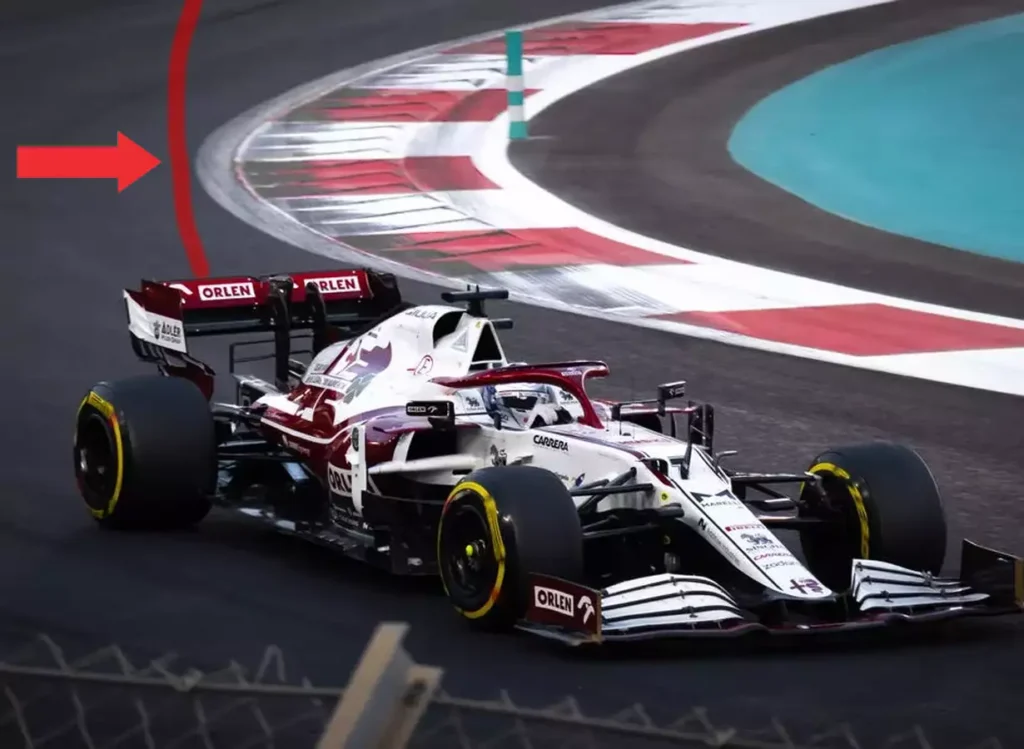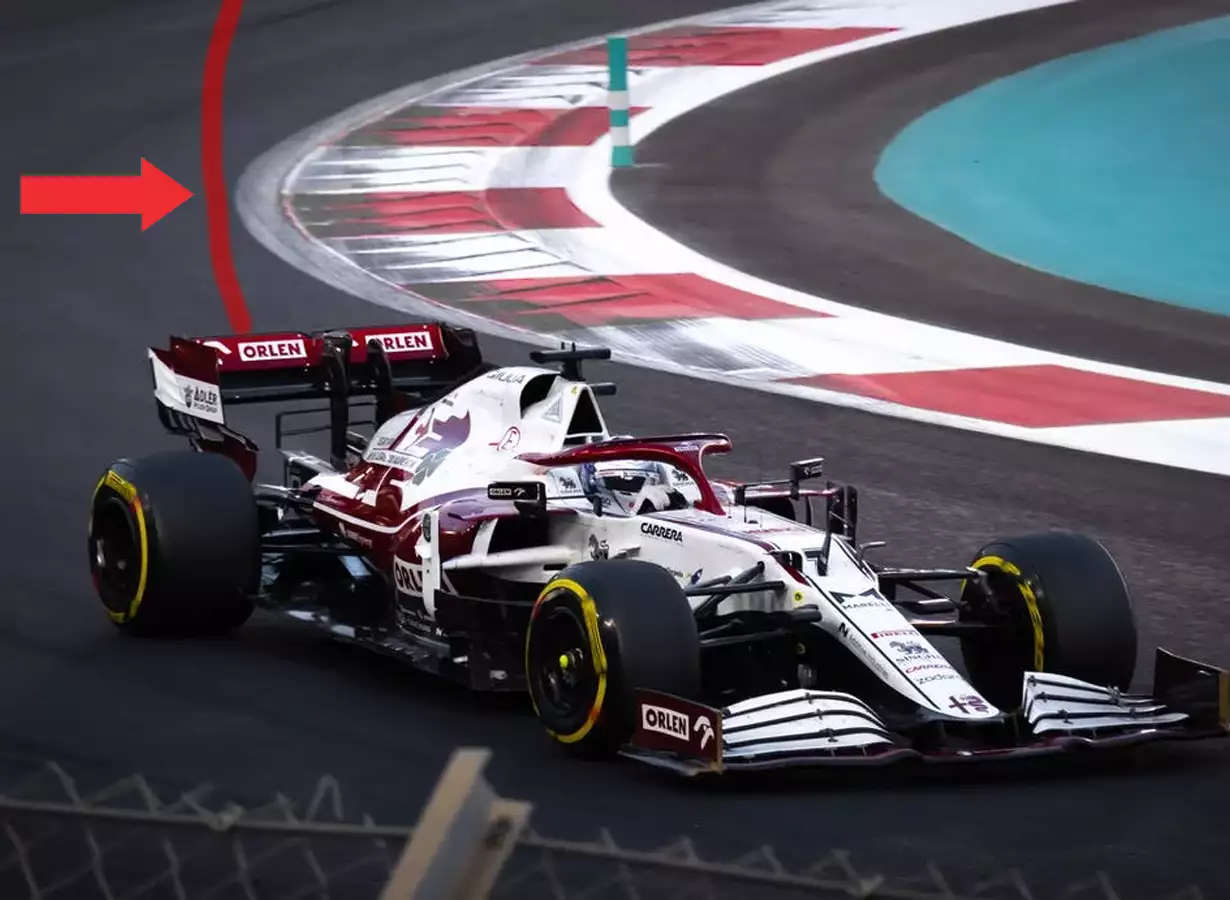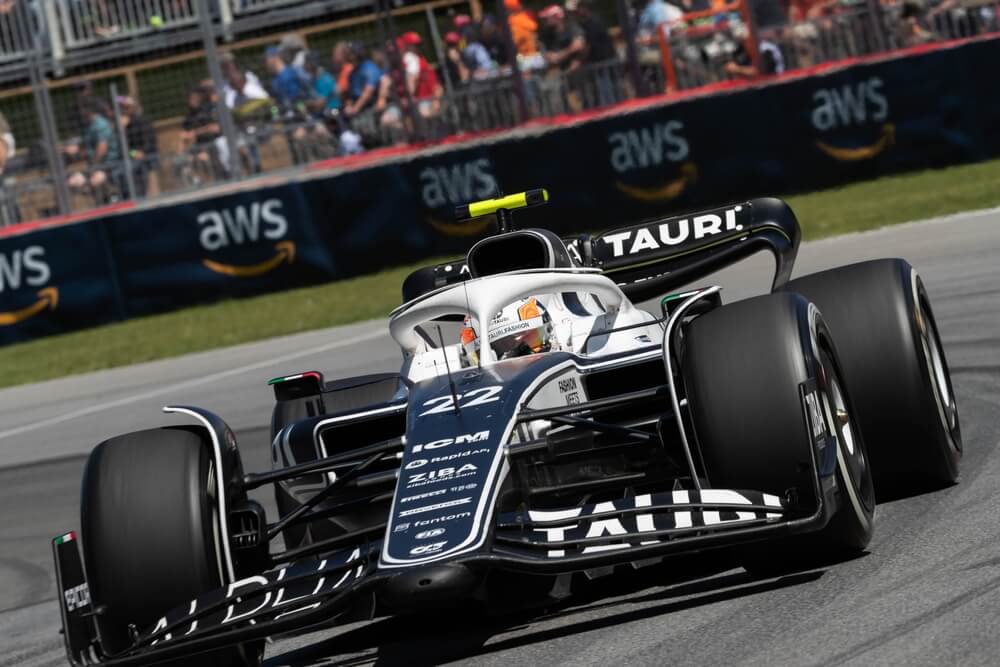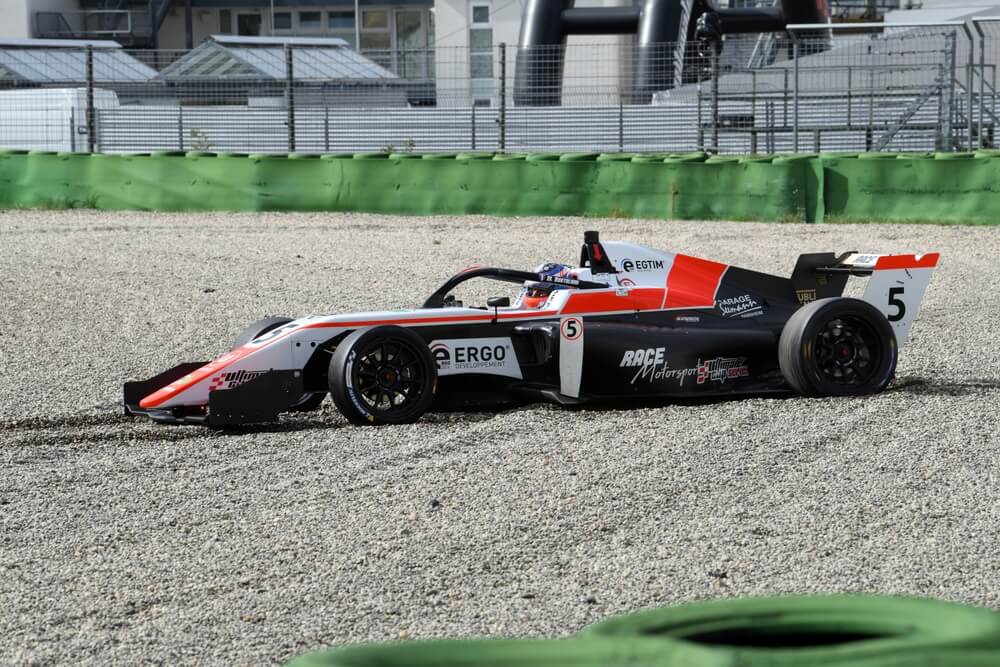When it comes to motorsports, the apex of a corner is a term that is frequently used. In fact, the science of racecraft frequently boils down to how and when drivers reach this apex.
However, despite the fact that the concept is widely used and the fundamentals are simple to grasp, there is much more nuance to the topic.
Without further ado, let’s look at what a corner apex in F1 is, how drivers use it to go faster and overtake, and the various types of apexes you might see on a racetrack.
Table of Contents
Watch this video from Engineering Explained to understand apex of a corner.
What is apex in F1?
In Formula One, the apex of a corner is the point at which the driver is closest to the inside of the track. It’s also the transitional point in the corner where the driver begins to shift from slowing the car to speeding it up again.
It is critical for drivers to hit the apex at the correct angle and speed to get the most out of their cars.
Key takeaways
Here are key takeaways from apex on a F1 track:
- Apex in Formula One is the point at which the driver is closest to the inside of the track
- It’s crucial for F1 drivers to hit apex at the correct angle with the right amount of speed
- There is different types of apexes

Understanding apex
When taking shortcuts F1 drivers generally strive to maintain the highest possible speed, but you may be surprised to learn that this is not always the case.
Yes, in a fast corner like Silverstone’s ‘Copse,’ where drivers whizz by at over 160 mph with no thought of braking, the speed throughout the corner is critical.
But in a corner like the final chicane in Barcelona, the story is a little different.
The problem with such corners is that they are followed by a long straight, so the best way to optimize it is to maximize the exit speed, which usually means sacrificing speed at the entry and middle of the turn.
When taking shortcuts F1 drivers generally strive to maintain the highest possible speed, but you may be surprised to learn that this is not always the case.
In fact, whenever there is a series of intersecting corners, a compromise must be made.
Drivers must decide where they want to be fast, which is complicated by the fact that what works on, for example, one lap in qualifying, will not help a driver overtake anyone in the race, necessitating another change.
And this is where the apex comes in. The apex is crucial in determining how a car will behave in a corner. And you’ll be happy to know that there are numerous types that drivers use to gain an advantage.
Geometric apex
The geometric apex is the most basic and, in our opinion, most elegant type of apex. It is, in theory, the quickest way around a corner.
To understand why, we must first understand the three components of a corner.
A corner can be divided into three sections:
- the entry
- the middle
- the exit.
The first part is the corner’s entry. This section includes the braking phase as well as the point at which the driver starts turning into the corner. Then there’s the corner exit, which is when the driver accelerates out of the corner while straightening their steering wheel. The apex, meanwhile, is that transitory middle section of the corner.
Assuming the corner is symmetrical, the entry and exit lines in a geometric apex are perfectly mirrored. In that case, the apex is located exactly in the center of the turn.
This means that, in theory, the racing line would take the widest arc possible through the corner, carrying the most speed.
However, we regret to inform you that, while theoretically useful, it is pretty much useless in practice.
This means that, in theory, the racing line would take the widest arc possible through the corner, carrying the most speed.
Tracks are designed to be difficult
Tracks are designed to be difficult, with most corners varying in shape throughout or as part of a larger series of corners where that type of apex is simply impossible to use effectively.
However, understanding the theory of the geometric apex, or more specifically the geometric racing line, helps us understand another detail: the tighter the corner, the more steering input is required, and the less speed can be carried through it.
That may seem obvious, but it is critical to understanding how F1 drivers approach corners. If your line effectively widens the turn, you will steer less and thus have more speed.
Late apex
As a general rule of thumb, the ideal apex in the real world will be later than the geometric apex.
This type of apex allows for a shallower, and thus more open, line out of the corner, sacrificing entry and middle speed while maximizing exit speed.
This is advantageous because, while entry and middle speed are important, they cover far less distance than any straight that may follow the corner.
As a result, even if a driver does not gain much speed in the exit over the geometric line, the distance covered will more than compensate for the initial loss of speed.
Another advantage of a late apex is that it moves the turn point later in the corner, allowing the driver to brake later.
This means that, in the event of a wheel-to-wheel battle, which we all know is rare in this sport, a later apex can allow a driver to overtake their opponent by outbraking them.
Another advantage of a late apex is that it moves the turn point later in the corner, allowing the driver to brake later.
The next corner’s position and direction will also affect the apex; for example, if the next bend is a left hander, you’ll need to move over to the right hand side of the track and thus apex later.
If the next corner is a right hander, an early apex would be preferable.
This approach works for corners that require hard accelerating cornering, which will be the majority of them.
However, there are numerous types of corner combinations that necessitate some analysis and preparation prior to the race in order to determine the best approach.
Double apex
There are some corners in Formula 1 that have double apexes.
These corners are difficult to master because drivers must focus on nailing both apexes precisely or run the danger of having their entire lap destroyed by a single little error.
When two curves that are going in the same direction meet at a corner, they form a double apex.
In Bahrain, for example, the ninth and tenth corners form a double apex. If the driver misses the first apex, they most certainly miss the second apex, effectively doubling the time loss of their mistake.
Conclusion
The corner’s apex is most likely the most important part of the corner. It dictates how a car will go around a turn and, as a result, where the driver will make or break the corner.
Great drivers will maximize every detail of a corner, and the apex is no exception.




